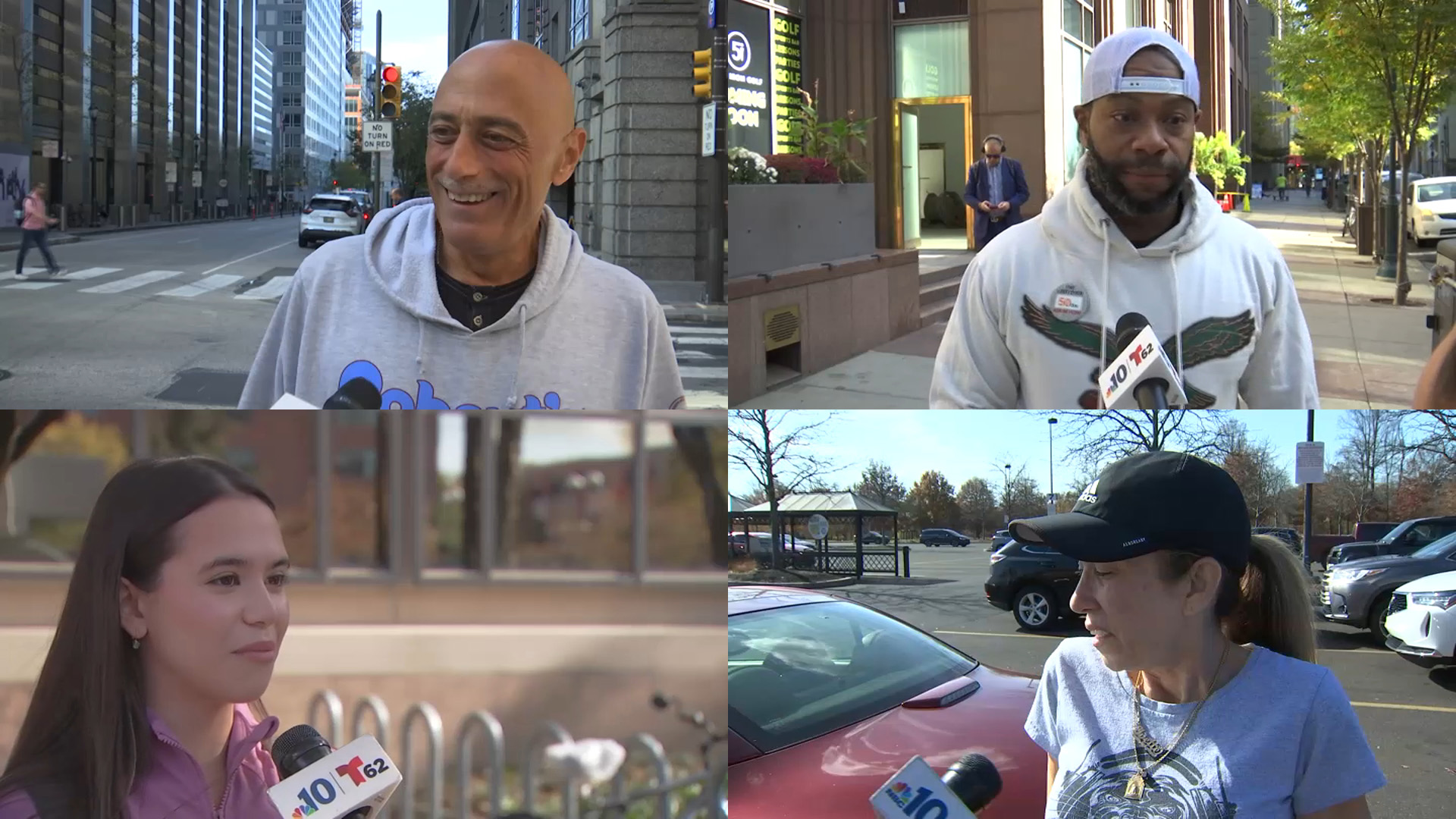A smaller number of polling places open due to the coronavirus pandemic, a first go with new voting machines in some counties, and an unprecedented flood of mailed ballots have contributed to delays in some results of Pennsylvania's June 2 primary.
Though some races were called on election night, others took days. And a few are still too close to call. The latest election results showed the race for state auditor general was still tight between Pittsburgh's Michael Lamb and Philly's Nina Ahmad.
But a week after Election Day, some counties are still counting votes.
As of 1:30 p.m., Philadelphia still had more than 100,000 mailed ballots to count out of 160,656 received, the City Commissioners told NBC10. Montgomery County has finished counting its 126,000 mail-in ballots and only has 5,000 provisional ballots left, which have to be checked by hand to make sure no one votes twice, according to County Commissioner Ken Lawrence.
"We've learned a lot of valuable lessons this time," Lawrence said in a live interview. "We can have more equipment in November, we will have more people in November, and hopefully we can get more time in November."
More than 1.8 million Pennsylvanians applied to vote by mail in the primary, the Department of State has said. Previously, the only mail voting option was absentee ballots, typically used for people with disabilities or soldiers overseas. Those ballots require a documented reason when applying.
But last week's primary was the first election with "no excuse" mail-in voting, meaning that anyone, for any reason, could apply to vote by mail. The pandemic brought a surge in mail-in applications.
Local
Breaking news and the stories that matter to your neighborhood.
"The numbers were just off the charts," said David Thornburgh, head of the Committee of Seventy, a nonpartisan election watchdog group.
With absentee ballots only, county elections offices might see 4% or 5% of turnout by mail.
"Now they’re looking at 50 percent, or over 50 percent, of votes," Thornburgh said.
Thornburgh said elections offices, or city commissioners, are not treated like a high-priority county function and may not receive the funding they need to make things run smoothly.
“Everything is revealed, all the flaws are revealed when you put something under pressure like this,” he said. "All of the sudden these county election functions were turned into mailhouses, and they never thought of themselves as mailhouses."
Changes for November
With a presumptive matchup between President Donald Trump and former Vice President Joe Biden, could all eyes be on Pennsylvania Nov. 3?
Thornburgh said counties need to improve their processes soon, not after summer vacation. It'll take time to put in orders for supplies or make other changes like hiring and training more staff.
“If you had a plan in the spring, and there were some flaws in that, then you need another plan when fall comes,” Thornburgh said.
Lawrence said he expects more polling locations to be open for the general election, after several elderly poll workers stayed home in June and some locations were closed if social distancing was not possible there.
Lawrence stressed that allowing counties more time to count mail-in ballots would help. In most states with mail-in voting, the counting starts as much as two weeks early. Pennsylvania election workers couldn't start counting until Election Day.
“We need more of everything, but I think the most important thing we need is more time,” Lawrence said.
Thornburgh doesn't see a need to have results the second polls close - like close watchers might be used to - but the delays should be addressed.
"There's this kind of rolling sense of uncertainty, which obviously drives candidates crazy," he added. But that uncomfortable feeling in politicians (or aspiring ones) is "not a mortal threat to democracy.”
But it's important to bring more certainty in November.
“We live in a time of conspiracy theories, and this opens the door," Thornburgh said.



